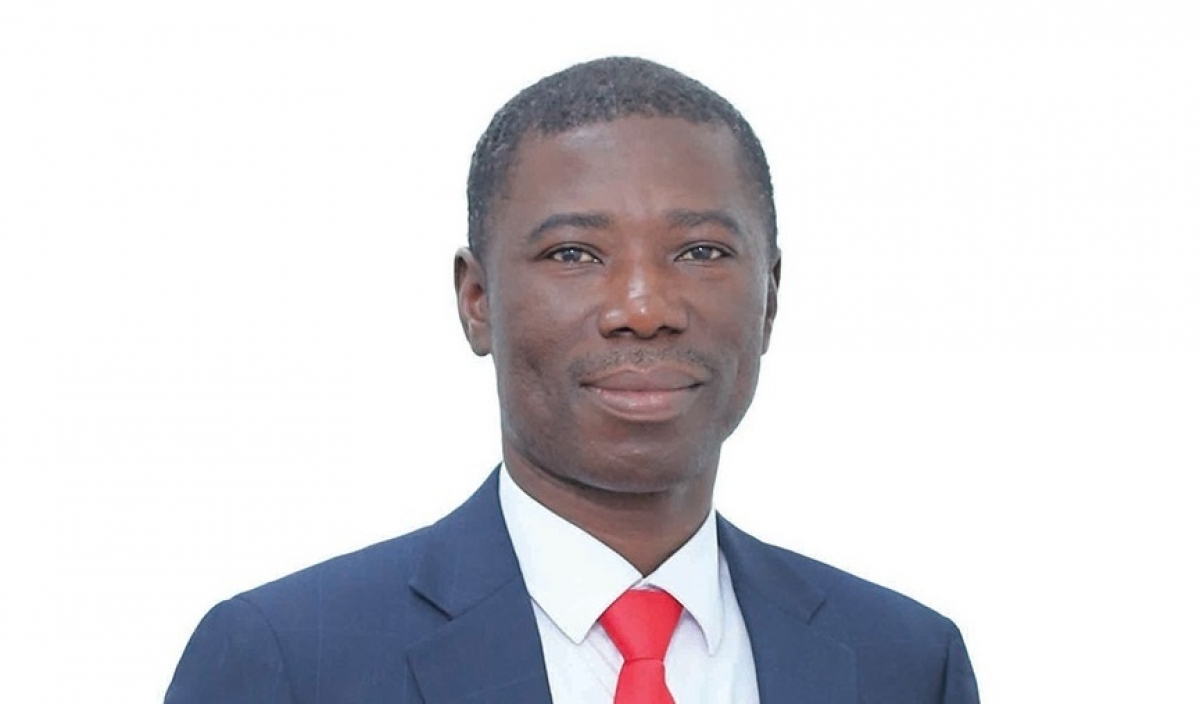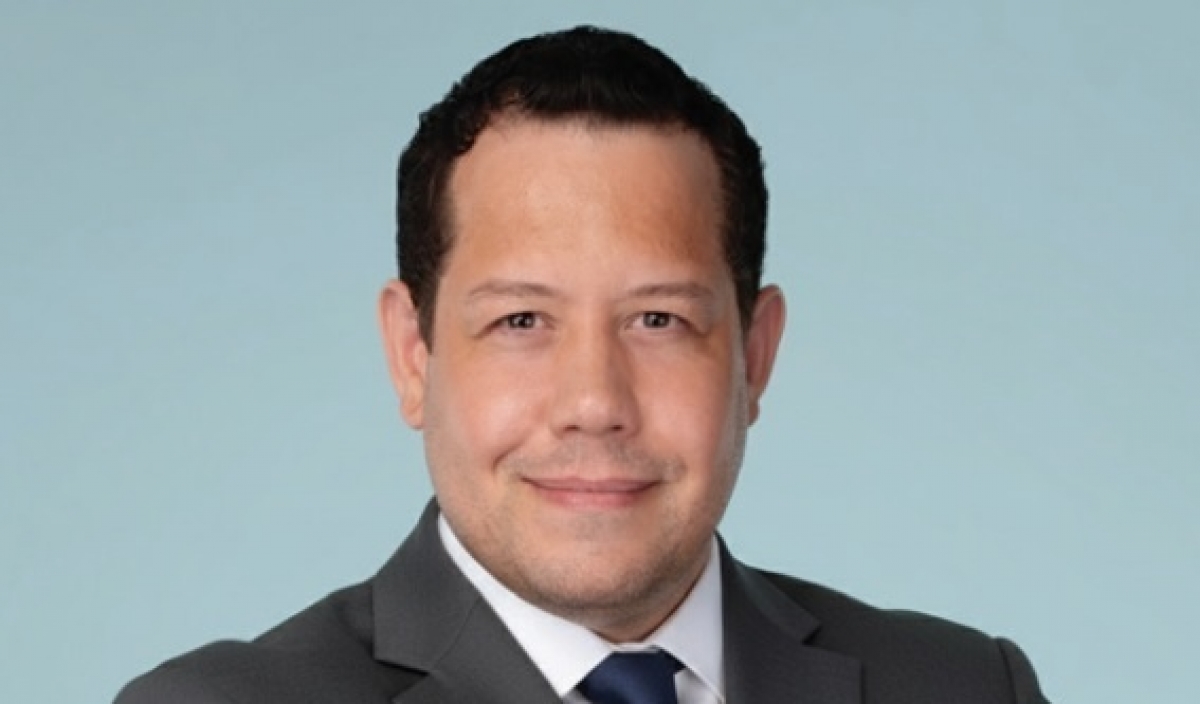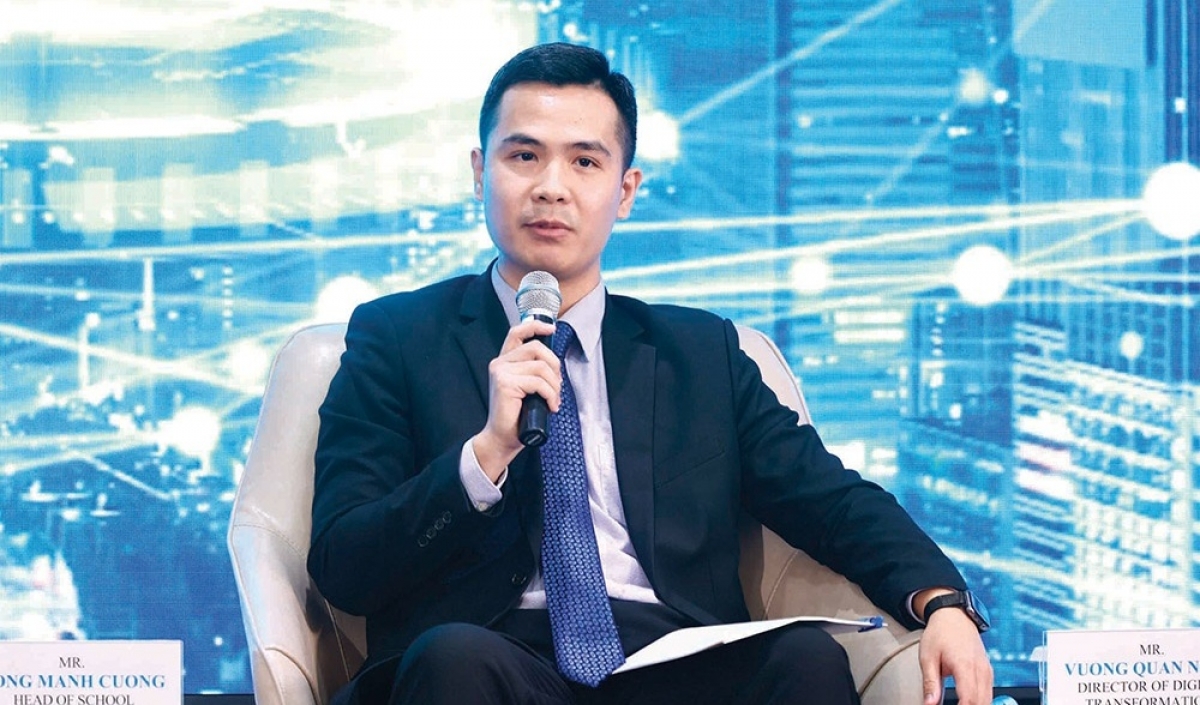INTERNATIONAL INVESTMENT
AND PORTAL
How would you evaluate VinFast’s valuation upon completion of its merger?
 Marc Iyeki, former head of Asia-Pacific Listings at the New York Stock Exchange
Marc Iyeki, former head of Asia-Pacific Listings at the New York Stock Exchange
VinFast’s proposed merger with a special-purpose acquisition company (SPAC) at a $23 billion valuation, negotiated with Black Spade Acquisition, awaits validation in the public market. VinFast’s SPAC merger occurs amid reduced investor enthusiasm for electric vehicle (EV) companies and the broader market, as well as closer regulatory review of SPAC transactions. This adds a layer of scrutiny to the deal.
While startups often grapple with mounting losses during their quest for market share, investors will closely monitor VinFast’s on-year sales growth, which turned negative from 2021 to 2022, although 2022 was a difficult year for the auto industry.
In comparison to other EV companies that have gone public, how does VinFast’s valuation stack up?
One difference between VinFast and a number of EV counterparts such as Rivian Automotive, Lucid Group, and Li Auto that have gone public in recent years is that VinFast seems to lack the support of global institutional investors based in large EV markets, including BlackRock, Amazon, Alibaba, and Tencent.
In late April, VinFast secured a $2.5 billion funding round for future development. However, the pledges stemmed from within. While insider backing may not provide the same stamp of approval as institutional support, it indicates VinFast’s strong motivation to pursue success.
Considering the competitive landscape of the EV industry, how confident are you on their profitability plan?
VinFast’s goal to reach profitability by 2025 is ambitious. The market is extremely competitive as traditional global vehicle manufacturers, with their substantial resources, manufacturing expertise, and familiarity operating globally, increasingly focus on EVs, and go head-to-head with pure EV companies such as Tesla.
The competition among EV vehicles and between EVs and traditional vehicles has made achieving profitability a lengthy process: Tesla took about 17 years to become profitable. On the other hand, Li Auto, established eight years ago, appears to be getting close to profitability.
VinFast needs successful, big-splash entries into the key global markets it is now entering – specifically North America and Europe. These markets offer VinFast much greater growth opportunities than does Vietnam alone.
On the positive side, VinFast can be expected to benefit from continued strategic support from its deep-pocketed parent as it strives to become a major player in the global EV market.
Warren Buffett recently said that the auto industry is too tough. Do you think this is true, and how do you assess its accuracy in relation to the EV market and VinFast?
Buffet’s investment philosophy focuses on durable competitive advantages and long-term growth, a strategy that has proven successful for decades. However, he believes the auto industry is a challenging sector for investors due to fierce competition.
While the industry undergoes a shift from internal combustion engine vehicles to EVs, companies like VinFast stand to benefit from significant opportunities. Nevertheless, this disruptive period also brings heightened competition, driven by continuous technological advancements, changing consumer preferences, and lower barriers to entry in the EV market.
VinFast aims to position itself as a global player, but its limited international presence and brand recognition has been noted. How do you view this?
Unlike its global counterparts that developed and refined their products first in home markets, VinFast appears to have chosen a different approach by swiftly going abroad, potentially out of necessity.
VinFast’s decision to accelerate its international presence makes sense, given Vietnam is a relatively small EV test market. As the company aspires to be a global player, an expedited expansion strategy appears justified.
However, as a newcomer from a smaller market, VinFast must prioritise robust branding and marketing efforts to raise its profile. A successful debut featuring seamless performance, safety, striking design, and competitive pricing is invaluable.
Government policies and the macroeconomic environment play a significant role in the EV industry’s growth. How susceptible is VinFast to potential policy changes in the US?
In one sense, VinFast, due to its limited presence in the US, faces lower susceptibility to potential policy changes compared to established EV players.
However, VinFast considers the US a crucial global market, making regulatory and policy shifts in emissions standards, trade tariffs, and EV adoption incentives, among other matters, potentially impactful for its expansion.
To succeed in the US, VinFast has likely conducted thorough market research, addressed supply chain concerns, and begun building relationships with key stakeholders and policymakers. Diversification of its product portfolio and geographic footprint is crucial to mitigate reliance on any one market.
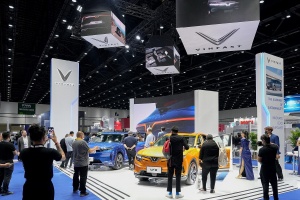 VinFast expands into Southeast Asian market
VinFast expands into Southeast Asian market
At the Future Mobility Asia 2023 event in Thailand, VinFast – the electric vehicle (EV) manufacturer from Vingroup – made a groundbreaking announcement, unveiling its expansion plans into the Southeast Asian market while maintaining its existing focus on North America and Europe.
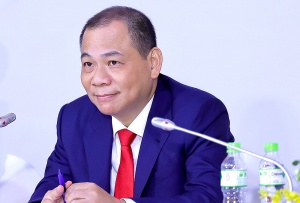 Chairman of Vingroup highlights VinFast's path to profitability
Chairman of Vingroup highlights VinFast's path to profitability
During Vingroup’s annual shareholders' meeting on May 17, chairman of Vingroup Pham Nhat Vuong provided insights into the company's strategic roadmap and its journey towards profitability.
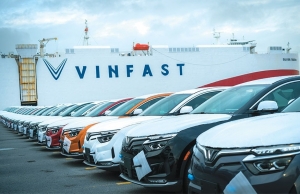 No braking for VinFast in quest for superiority
No braking for VinFast in quest for superiority
VinFast’s $23 billion entrance into the US stock market through a merger has sparked curiosity, as the carmaker aims for profitability and expansion into the regional and global stages.




